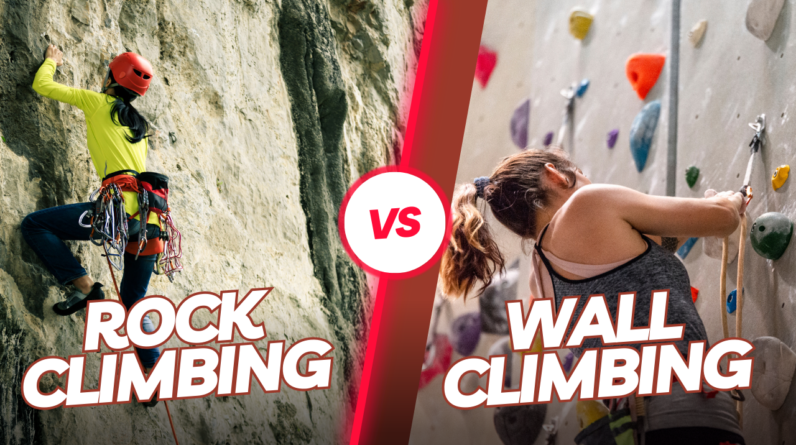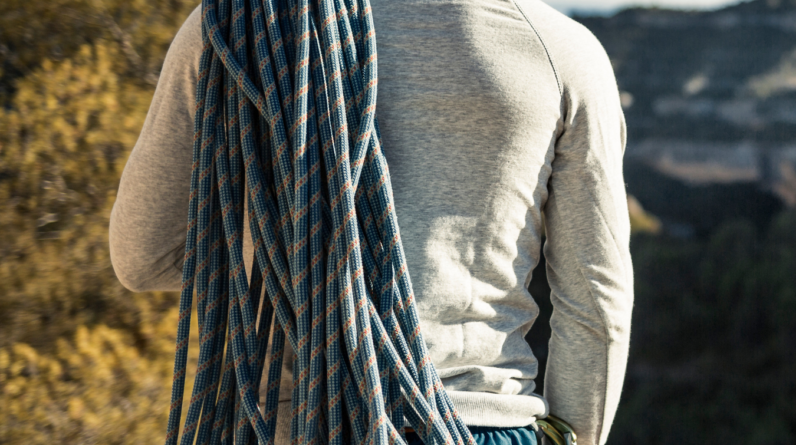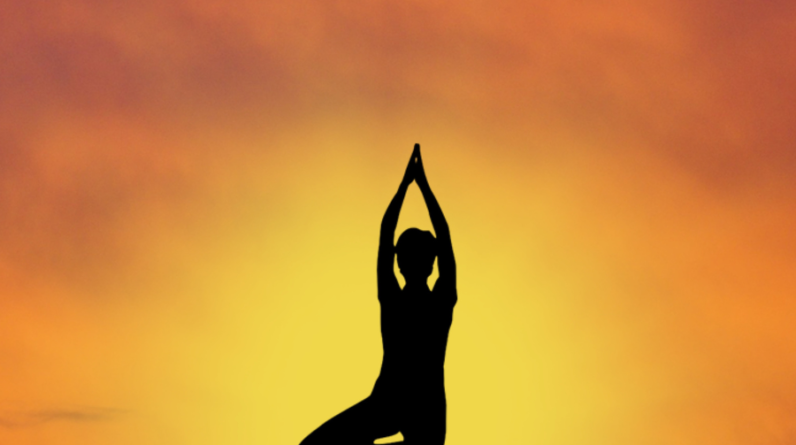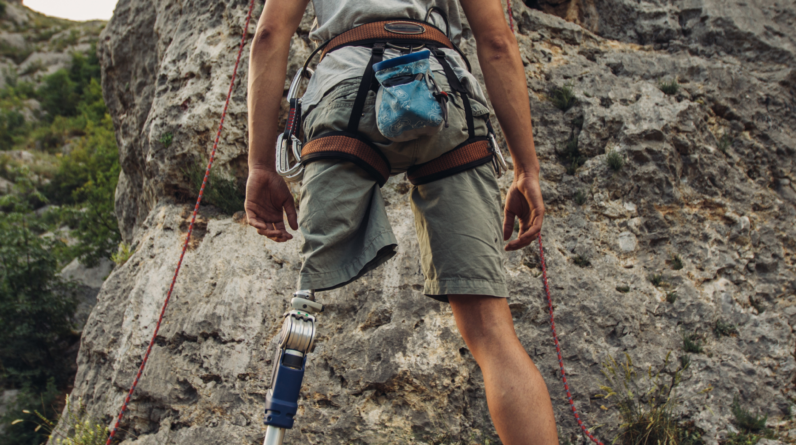
Adaptive Climbing Training: Exercises and Tips for Climbers with Disabilities
Embracing the World of Adaptive Climbing
Adaptive climbing, a thrilling and empowering pursuit, opens up the world of vertical adventure to individuals with disabilities. As an inclusive sport, it fosters camaraderie and a sense of accomplishment for everyone involved. In this article, we’ll explore various disabilities, adaptive climbing gear, techniques, and exercises that will help climbers with disabilities reach new heights.
Types of Disabilities and Adaptive Climbing Categories
Physical Disabilities and Climbing
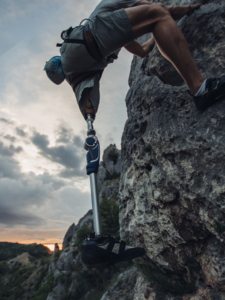
Climbers with physical disabilities, such as amputations or spinal cord injuries, can conquer walls through determination, innovation, and specialized equipment. By focusing on their strengths, these climbers showcase their grit and tenacity.
Sensory Impairments and Climbing
Climbers with sensory impairments, like vision or hearing loss, often rely on heightened tactile feedback, mental acuity, and strong communication skills with their climbing partners to successfully scale walls.
Cognitive Disabilities and Climbing
Adaptive climbing offers individuals with cognitive disabilities an opportunity to develop problem-solving skills, physical coordination, and confidence in their abilities.
Adaptive Climbing Gear Essentials
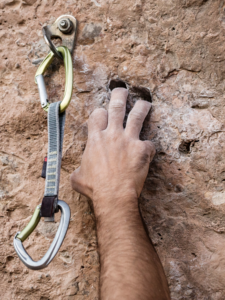
Specialized Harnesses
Harnesses with additional support, such as chest and full-body harnesses, ensure climbers with disabilities have optimal stability and safety on the wall.
Prosthetic Limbs and Attachments
Customized prosthetic limbs and attachments, like specialized climbing feet or ice axe attachments, enable climbers to adapt to their unique physical challenges and excel in their climbing pursuits.
Adaptive Climbing Shoes
High-performance climbing shoes with modifications for individual needs provide a secure foothold and enhance climbers’ confidence on the rock.
Climbing Techniques for Different Abilities
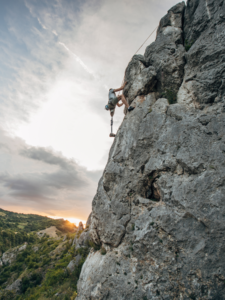
Climbing with One Arm or Leg
By leveraging body positioning, balance, and momentum, climbers missing an arm or leg can surmount seemingly insurmountable routes.
Climbing with Limited Mobility
Climbers with limited mobility can utilize adaptive climbing techniques, such as counterbalancing and specialized equipment, to create momentum and reach their objectives.
Climbing for the Visually Impaired
Through tactile exploration, spatial awareness, and guidance from sighted partners, visually impaired climbers can experience the exhilarating world of climbing.
Climbing Exercises to Boost Strength and Endurance
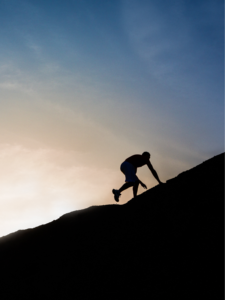
Modified Pull-Ups
Pull-ups using resistance bands or assisted pull-up machines help climbers build upper body strength and endurance.
Seated Rope Climbs
This exercise, performed in a seated position using a climbing rope or gym machine, strengthens the arms, shoulders, and core muscles.
Adaptive Grip Strengthening Exercises
Hand grippers, putty, and other grip training tools help adaptive climbers develop essential finger and forearm strength.
Balance and Flexibility for Adaptive Climbers
Wheelchair Yoga
Practicing wheelchair yoga promotes flexibility, balance, and mental focus, essential for adaptive climbers.
Balance Board Workouts
Exercises on balance boards improve climbers’ stability and proprioception, increasing their confidence on the wall.
Stretching and Mobility Drills
Regular stretching and mobility exercises enhance flexibility, reduce the risk of injury, and improve overall climbing performance.
The Power of Mindfulness in Adaptive Climbing
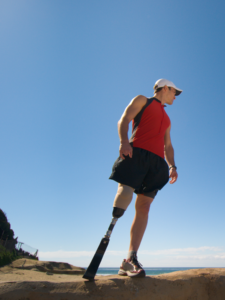
Overcoming Mental Barriers
Mindfulness techniques, such as meditation and deep breathing, help adaptive climbers overcome self-doubt and anxiety.
Embracing Challenges
By reframing challenges as opportunities for growth, adaptive climbers can harness their inner resilience and determination.
Visualization Techniques
Picturing successful climbs in one’s mind bolsters self-confidence and primes the climber for real-world success.
Indoor Climbing Gyms and Adaptive Climbing

Features of Accessible Climbing Gyms
Wheelchair-accessible facilities, adaptive climbing clinics, and knowledgeable staff create an inclusive environment for adaptive climbers in indoor climbing gyms.
Tips for Gym Owners and Route Setters
By providing varied climbing routes and obstacles, gym owners and route setters cater to a diverse range of abilities, ensuring an engaging experience for all climbers.
Advocating for Inclusive Climbing Spaces
Adaptive climbers and their allies can raise awareness and promote accessibility in climbing gyms by sharing their experiences and suggesting improvements.
Outdoor Adaptive Climbing Adventures

Choosing Accessible Climbing Destinations
Researching and selecting climbing destinations with accessible facilities, such as paved trails or wheelchair-friendly accommodations, ensures a memorable and enjoyable experience for adaptive climbers.
Preparing for Your Outdoor Climbing Experience
Adaptive climbers should consider factors like transportation, weather, and the availability of assistance when planning outdoor adventures to ensure a seamless and stress-free experience.
Adaptive Climbing Trip Safety Considerations
Equipping oneself with essential safety gear, a comprehensive first aid kit, and knowledge of emergency procedures is crucial for adaptive climbers embarking on outdoor climbing expeditions.
In conclusion, adaptive climbing offers a world of opportunities for individuals with disabilities, allowing them to challenge themselves, build strength, and foster a sense of community. With the right equipment, techniques, and mindset, adaptive climbers can achieve remarkable feats and experience the exhilaration of ascending vertical landscapes. Embrace the world of adaptive climbing, and let it empower you to reach new heights.

